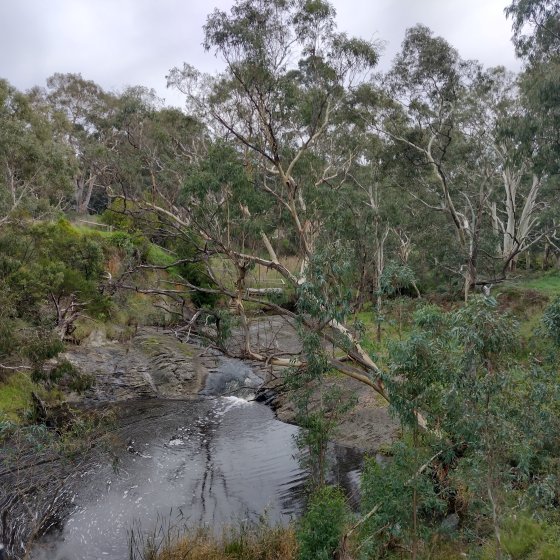Inland waters, which include rivers, creeks, lakes, reservoirs, wetlands and groundwater, play a vital role for our environment and society. They possess significant importance and value in a range of environmental and economic aspects, including ecology, water quality and supply, biodiversity, industrial, transportation, recreation, culture and human wellbeing.
- Home
- Environmental Themes
- Waters
- Key Messages
Key Messages
South Australia
- South Australia is the driest state in the driest inhabited continent on earth. Appropriate management of our water resources is critical to the environment and to our economic growth, health and wellbeing. This is reflected by SA Water’s Resilient Water Futures initiative. An integrated approach for the management of South Australia’s diverse water resources will be necessary to ensure water security for the community and the environment.
- Climate change will lead to a hotter and drier climate. This will impact water availability for the environment and for human use. We need to implement appropriate actions that will secure water for our community and maintain a healthy environment. We need to reduce the pressure on natural water resources from water extraction. This could be achieved by increasing the reuse of stormwater and treated wastewater, integration of rainwater tanks of appropriate volumes and recycling of greywater particularly in new builds.
- Groundwater is a vital water source for many people, industries and groundwater dependent ecosystems, and is the largest freshwater resource in South Australia. Reliance on groundwater is only expected to rise in the future due to the impacts of climate change. Yet assessment of impacts to groundwater quality is still poorly understood due to its invisible nature and being ‘out of sight out of mind’. Collation of existing data and collection of new data is needed to provide a baseline of groundwater quality from which the potential impacts of climate change can be assessed in the future.
- The EPA Aquatic Ecosystem Condition Reports have indicated the ecosystem condition of inland waters in catchments that are significantly modified has not improved over the last 20 years of monitoring, and continue to be impacted by various pressures, such as nutrients, sediments and salinity. This has mainly been caused by diffuse pollution from urban and agricultural landscapes and degraded riparian vegetation from land clearing and grazing. Better protection and rehabilitation of our surface waters, including riparian zones, is required to maintain and improve biodiversity. Implementation of better land management practices are also needed at the reach or subcatchment scale to reduce the movement of nutrients and fine sediment into creeks and rivers.
- Water is also important culturally and spiritually to Aboriginal peoples. Aboriginal knowledge needs to be better incorporated into the protection and allocation of waters across South Australia.
Australia
The Australia State of the Environment Report 2021 has indicated that:
- access to adequate, good quality water is vital for the environment, communities, economy and culture
- climate change, human population and industry are the biggest pressures on waters in Australia. The resulting state and trends of surface waters, groundwater, water quality, ecological processes and species populations have mostly deteriorated
- water use per person has decreased in most parts of Australia. However, this was mainly due to water supply shortages rather than increasing efficiencies in water use
- water use, particularly for irrigation, is likely to put pressure on water resources, especially with rainfall decreasing over time
- with increasing dry conditions, water for human use is more likely to be sourced from groundwater and desalination plants rather than surface water
- more is needed to be done in securing water supply in the future from climate resilient water sources such as desalination, recycling, stormwater capture and using grey water
- better water management practices are required that consider environmental impacts, climate change and cultural values
- water quality is generally good, but there have been some impacts from events such as per-and poly-fluoroalkyl substances (PFAS) use, bushfires and low river flows
- coordination and standardisation of data is required to better manage our water resources.
